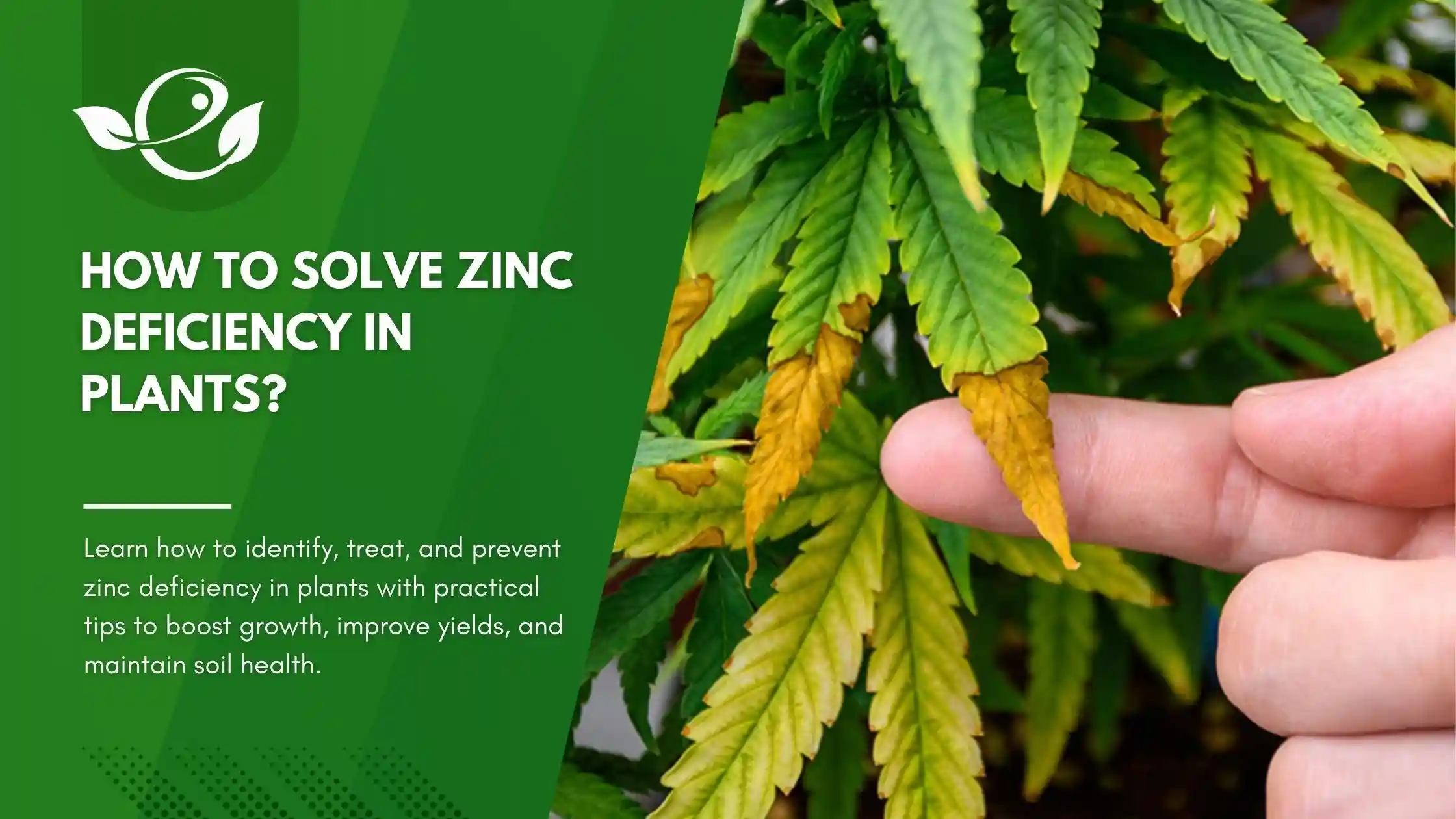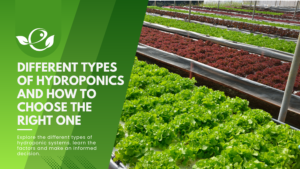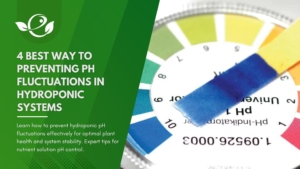Table of Contents
Zinc is an essential micronutrient for plants, playing a critical role in numerous physiological and biochemical processes. It is vital for enzyme activation, protein synthesis, and hormonal regulation, all of which are necessary for healthy plant growth. Despite its importance, zinc deficiency is a widespread issue that can severely affect plant health, crop yield, and overall productivity. Understanding the symptoms, solutions, and preventive measures for zinc deficiency is key to maintaining robust plant development and sustainable agriculture. This article provides an in-depth guide to identifying and managing zinc deficiency in plants, ensuring that growers can take timely and effective action to safeguard their crops.
What is Zinc Deficiency in Plants?
Zinc deficiency occurs when plants are unable to absorb sufficient zinc from the soil, leading to impaired metabolic functions. As an essential micronutrient, zinc is involved in numerous enzymatic reactions and is critical for the synthesis of auxin, a growth hormone. Without adequate zinc, plants exhibit stunted growth and developmental anomalies.
Symptoms of Zinc Deficiency in Plants
1. Chlorosis (Interveinal Yellowing)
One of the hallmark signs of zinc deficiency is chlorosis, particularly interveinal chlorosis, where the spaces between the leaf veins turn yellow while the veins themselves remain green. This symptom is most prominent in younger leaves, as zinc is relatively immobile within plants. In severe cases, the entire leaf may yellow, leading to reduced photosynthesis and stunted growth.

2. Necrotic Spots
As zinc deficiency progresses, small, necrotic (dead) spots may appear on the leaves. These spots are typically brown and can spread if the deficiency is not corrected. The presence of necrotic spots indicates cell death, a result of disrupted enzyme functions that rely on zinc.

3. Bronzing of Leaves
Affected leaves may take on a bronze-like discoloration, particularly in crops such as rice or maize. This bronzing effect is often accompanied by a rough texture on the leaf surface, signaling stress and nutrient imbalance.
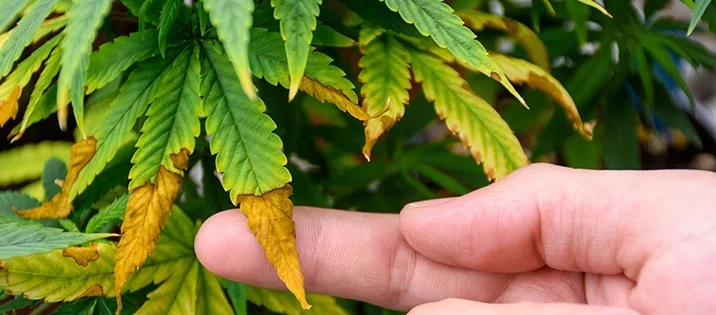
4. Rosetting
Rosetting refers to the clustering of leaves due to shortened internodes (the spaces between leaf nodes). This phenomenon occurs because zinc deficiency impairs the production of growth hormones like auxin. As a result, new leaves fail to grow to their full size and develop close to each other in a compact arrangement.
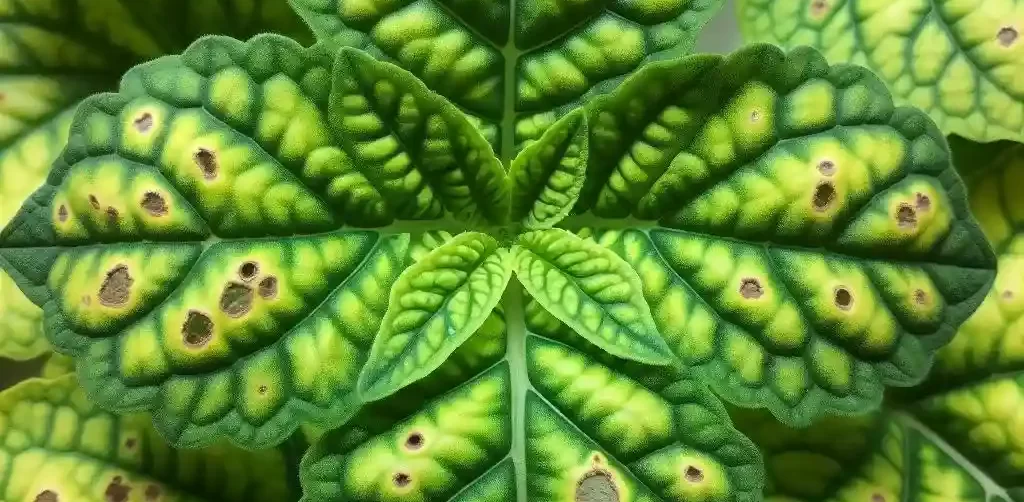
5. Stunted Growth
Zinc plays a critical role in cell division and elongation. Its deficiency leads to overall stunted growth, as plants cannot produce the necessary proteins and enzymes. Stunted growth is often observed across the entire plant, including roots, stems, and leaves, severely affecting crop yields.
6. Leaf Deformities
Leaves affected by zinc deficiency often appear smaller than usual and may have wavy, distorted edges. The deformities arise from disrupted metabolic pathways, which hinder normal leaf development. In fruiting plants, leaf deformities can also reduce the plant’s ability to support healthy fruit production.
7. Reduced Flowering and Fruit Set
In addition to vegetative symptoms, zinc deficiency significantly impacts reproductive growth. Plants may produce fewer flowers and fruits, or the flowers may drop prematurely. Fruits that do develop may be small, misshapen, or fail to ripen uniformly.
8. Root System Weakness
Although not always visible above ground, zinc deficiency hampers root development. Plants may exhibit weaker root systems, which limits their ability to absorb water and nutrients, exacerbating the deficiency further.
Zinc deficiency symptoms vary between species but several effects can be generalized. Many species show yellowing of leaves, often with main leaf veins remaining green. In some species, young leaves are the most affected, but in others both old and new leaves show the symptoms. New leaves are often smaller and narrower and have wavy margins.
Causes of Zinc Deficiency in Plants
- Zinc deficiency is mainly a problem in alkaline (high pH) sandy soils that are low in organic matter.
- High levels of soil phosphorus and calcium (calcareous soils) also affect the availability of zinc to plants. In fact, phosphorus application can show negative effects on zinc uptake.
- The addition of calcium-rich materials such as limestone or chalk (liming) also offsets soil acidity and reduces the uptake of zinc by the plants (even though the levels in the soil remain unchanged).
- Zinc deficiency can also become a problem when soils are cool and wet during the vegetative phase.
- Soils lacking organic content may have diminished zinc availability.
- Compacted soils restrict root growth, limiting zinc absorption.
How to Solve Zinc Deficiency in Plants
Addressing zinc deficiency in plants requires a multi-faceted approach that combines immediate remedies with long-term preventative measures. Here’s a comprehensive guide to solving zinc deficiency effectively:

1. Soil Testing and Adjustment
Soil testing is the cornerstone of addressing zinc deficiency. By analyzing soil samples, you can determine zinc levels, pH balance, and the presence of competing nutrients such as phosphorus. If soil tests reveal high pH levels (alkaline conditions), consider applying acidifying amendments such as sulfur or ammonium sulfate to enhance zinc availability. Regular testing ensures accurate diagnosis and prevents over-application of nutrients.
2. Using Zinc-Containing Fertilizers
Fertilizers specifically formulated with zinc are highly effective in correcting deficiencies. Common options include:
- Zinc Sulfate: A water-soluble fertilizer suitable for soil application and foliar sprays. Zinc sulphate or zinc oxide can be applied to soils to correct zinc deficiency. Recommended applications of actual zinc range from 5 to 100 kg/hectare. It provides immediate zinc availability to plants.
- Zinc Chelates: Chelated forms of zinc, such as EDTA-zinc, are particularly useful in alkaline soils where zinc solubility is limited. These compounds protect zinc ions from binding with soil particles, ensuring better absorption.
- Blended Fertilizers: Many commercial fertilizers include zinc as a micronutrient, offering a balanced nutrient profile for crops.
3. Foliar Sprays
Foliar application is an excellent method for quickly addressing zinc deficiency, especially during critical growth stages. Zinc sulfate or chelated zinc solutions can be sprayed directly onto the leaves, allowing rapid absorption and utilization. This approach is particularly beneficial when soil conditions impede root uptake of zinc. For optimal results, apply foliar sprays early in the morning or late in the evening to minimize evaporation and maximize absorption.
4. Incorporating Organic Matter
Adding organic matter, such as compost or well-rotted manure, improves soil structure and enhances zinc availability. Organic matter binds with zinc in a way that prevents leaching while maintaining availability for plant uptake. Additionally, it supports beneficial soil microbes that aid in nutrient cycling.
5. Managing Soil pH
Maintaining a slightly acidic to neutral soil pH (around 6.0 to 7.0) is crucial for zinc availability. In highly alkaline soils, consider incorporating sulfur or gypsum to lower pH gradually. Regular monitoring helps ensure the soil remains conducive to zinc uptake.
6. Avoiding Nutrient Imbalances
Excessive application of certain nutrients, such as phosphorus, can exacerbate zinc deficiency by inhibiting its uptake. Use balanced fertilizers and adhere to recommended application rates to maintain nutrient equilibrium.
7. Crop Rotation and Companion Planting
Implementing crop rotation and companion planting strategies can help prevent nutrient depletion and improve overall soil health. Rotating crops with varying nutrient demands minimizes the risk of zinc deficiency recurring in subsequent planting cycles.
8. Irrigation Management
Proper irrigation practices play a vital role in nutrient availability. Overwatering can lead to nutrient leaching, while underwatering can limit nutrient mobility. Ensure consistent moisture levels to facilitate zinc uptake by plant roots.
9. Using Zinc-Coated Seeds
For field crops, consider using zinc-coated seeds. This technique ensures that seedlings have an immediate supply of zinc during the critical early growth stages, reducing the risk of deficiency.
10. Monitoring and Maintenance
Addressing zinc deficiency is not a one-time effort. Regular monitoring of plant health, soil conditions, and nutrient levels is essential for long-term success. Incorporate zinc management into your routine agricultural practices to ensure sustained crop productivity.
Preventing Zinc Deficiency in Plants
- Apply organic manure before seeding or transplanting.
- Do not lime soils as this increases the pH and hinders zinc uptake.
- Choose varieties that are tolerant to zinc deficiency or better at mining zinc from the soil. Use fertilizers including zinc compounds.
- Use fertilizers based on urea (that generate acidity) rather than on ammonium sulfate.
- Make sure not to over-fertilize with phosphorus, which can antagonize zinc uptake.
- Monitor the quality of the irrigation water regularly.
- Allow permanently flooded fields to drain and dry out periodically.
- Encourage the presence of beneficial soil microbes by applying biofertilizers or microbial inoculants. These microorganisms help solubilize zinc, making it more accessible to plant roots. Maintaining healthy microbial populations ensures long-term soil fertility.
You may also like:
- Boron deficiency in plants: Symptoms & Treatments
- How to Identify and Fix Iron Deficiency in Plants
- How to Fix Magnesium Deficiency in Plants: An Urgent Problem
- Phosphorus Deficiency Causes, Symptoms & Treatments
- Nitrogen Deficiency Symptoms and Treatment
- How to Fix Calcium Deficiency in Plants: 2024 Guide
FAQs About Zinc Deficiency
What is a good source of zinc for plants?
Zinc sulfate, zinc chelates, and organic matter like compost are good sources of zinc for plants.
What are natural ways to fix zinc deficiency?
Add compost or well-rotted manure, lower soil pH with sulfur for alkaline soils, and use zinc-enriched seeds or biofertilizers.
What fertilizer is high in zinc?
Zinc sulfate and zinc chelates (e.g., EDTA-zinc) are fertilizers high in zinc.
That’s It
Understanding and addressing zinc deficiency in plants is critical for ensuring robust plant growth and sustainable agricultural practices. By recognizing early symptoms, implementing targeted solutions, and adopting preventive measures, growers can mitigate the negative effects of zinc deficiency and improve crop health. Regular soil testing, balanced fertilization, and sustainable farming practices form the foundation of effective zinc management. With these strategies, you can safeguard your plants against nutrient deficiencies, enhance productivity, and contribute to long-term soil fertility.
